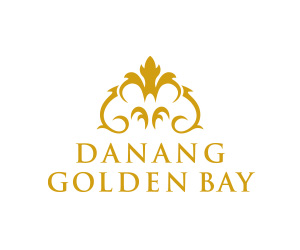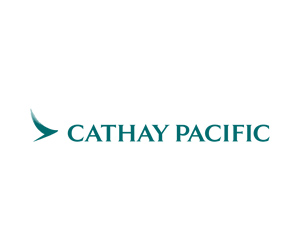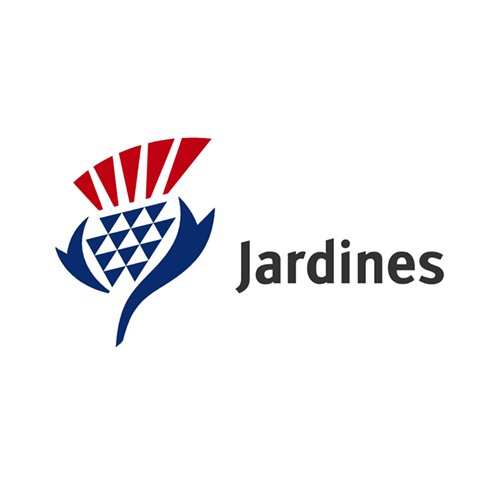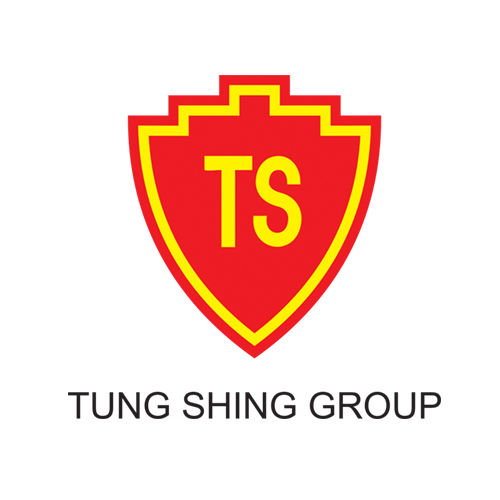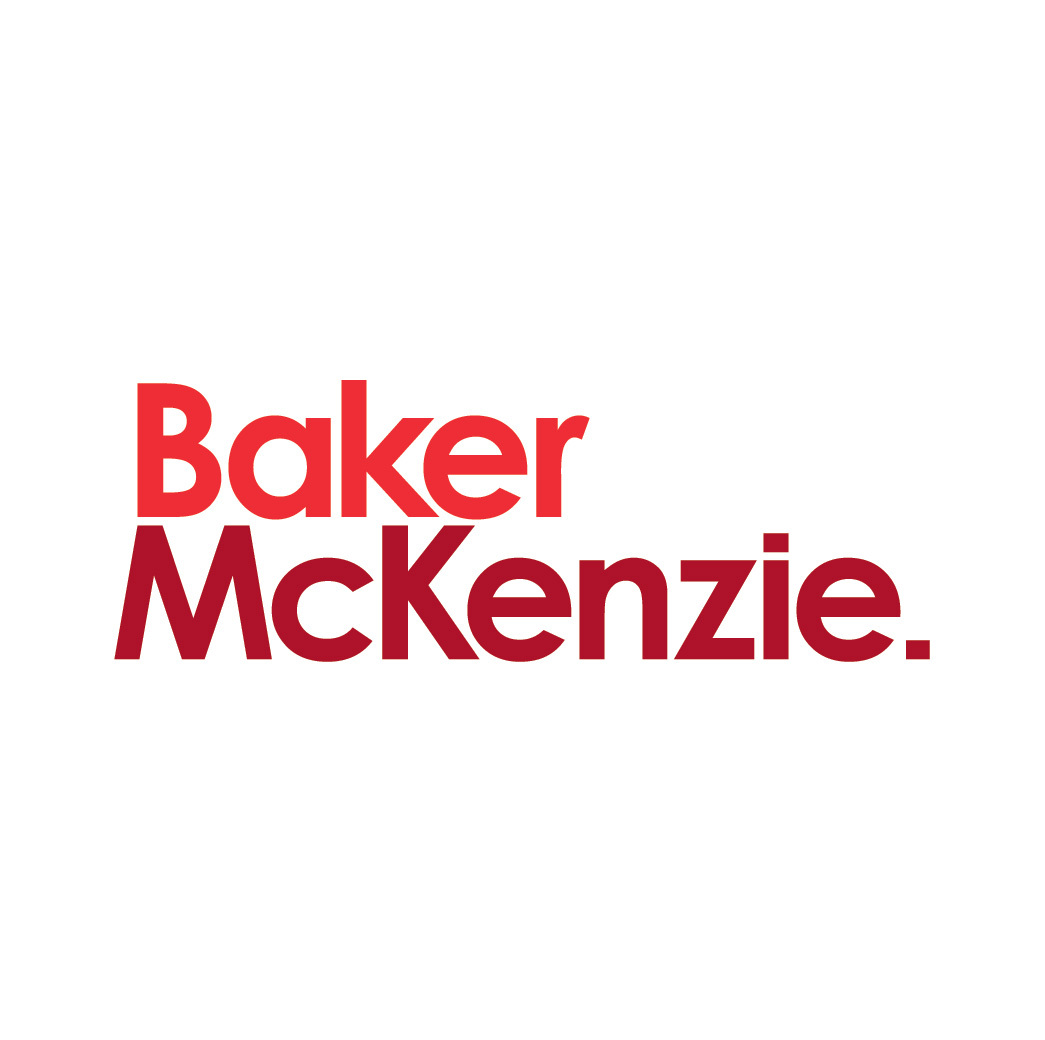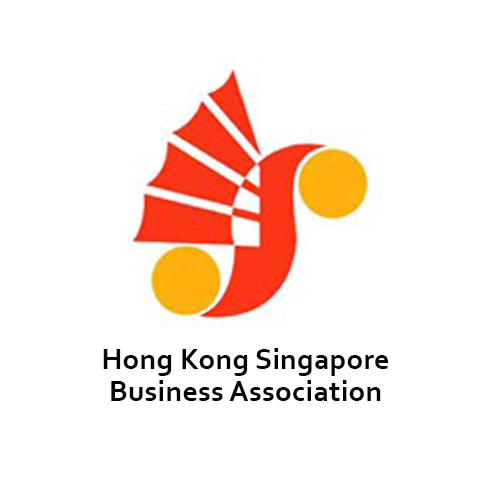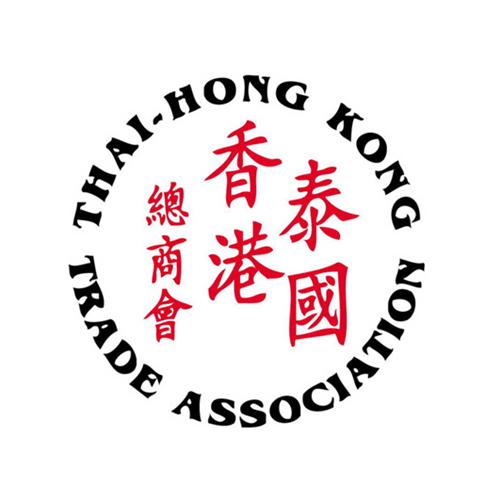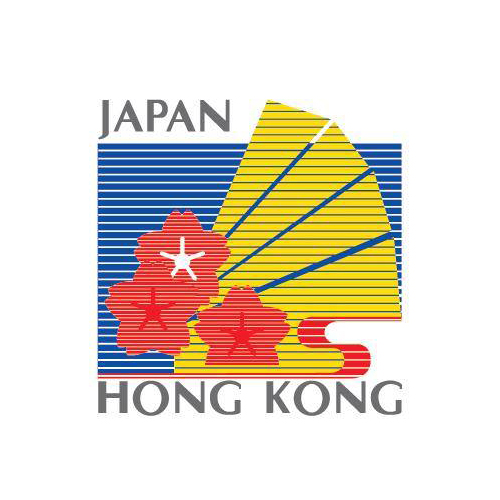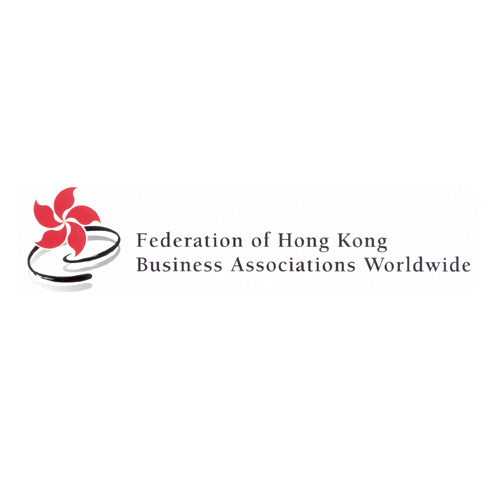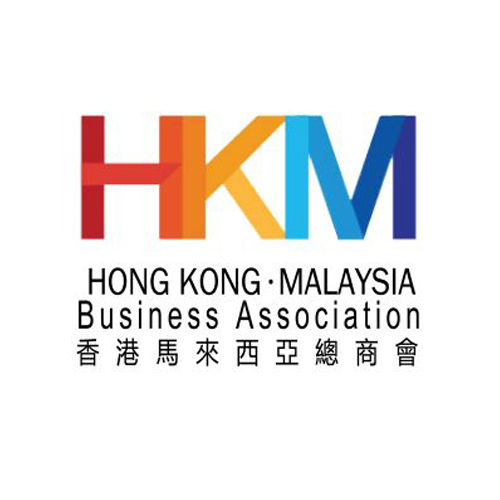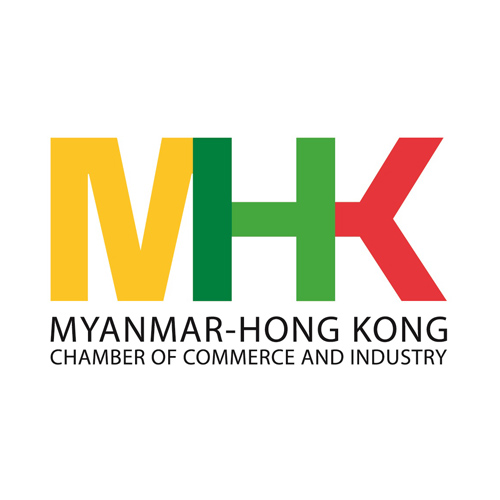Want to be in the loop?
subscribe to
our notification
Business News
BANKS FACE CHALLENGES IN IMPROVING CREDIT QUALITY
Though banks gained profits of trillions of Vietnamese đồng in Q3 2022, credit quality has remained a concern of the banking industry, especially when Circular No. 14/2021/TT-NHNN on loan rescheduling for COVID-19 affected borrowers expired at the end of June this year.
Among banks that have already published Q3 2022 financial statements, only a few recorded declines in the bad debt ratio compared to the beginning of the year, online newspaper dantri.com.vn reported.
HDBank’s bad debt ratio dropped from 1.65 per cent at the beginning of 2022 to 1.54 per cent, while that of SeABank also fell from 1.65 per cent to 1.59 per cent, and Techcombank, from 0.66 per cent to 0.65 per cent. The ratio of BaoVietBank, MSB and Eximbank also declined from 4.9 per cent to 3.2 per cent; 1.74 per cent to 1.08 per cent; and 1.96 per cent to 1.9 per cent, respectively.
Though the bad debt ratio on total outstanding loans of the banks all declined, their irrecoverable debts increased at some banks. The increase of irrecoverable debts at SeABank, HDBank, Techcombank, MSB and Eximbank was 11.2, 35, 46, 3 and 21 per cent, respectively.
Other banks including ABBank, TPBank, BacABank, Saigonbank, PGBank, LienVietPostBank, VietCapitalBank, ACB and MB recorded an increase in the bad debt ratio. In which, only PGBank saw a slight decline in irrecoverable debts. The increase in irrecoverable debts was 124 per cent at TPBank, 131 per cent at ACB, 85 per cent at MB, 99.7 per cent at VietBank, 43 per cent at Saigonbank, 35.6 per cent at LienVietPostBank and 39 per cent at ABBank.
Earlier, banking experts repeatedly warned about the adverse impacts of the pandemic on the production and business activities and the solvency of borrowers, which would put pressure on the bad debt developments at banks.
According to banking expert Nguyễn Trí Hiếu, Circular No. 14/2021/TT-NHNN, which allowed banks to reschedule the loan payment time and maintain the same debt group for COVID-19 affected borrowers, has caused the bad debts of the banking industry to be calculated inaccurately, as under the regulation a number of debts that should have been bad debts have been restructured and maintained to be qualified debts.
The expiry of Circular No. 14/2021/TT-NHNN from the end of June this year had more realistically reflected the bad debt situation at banks, experts said.
As bad debts have increased, many banks, such as Techcombank, VPBank, BacABank, HDBank, ABBank and Eximbank, also raised their provisions for risky loans correspondingly in Q3 2022 compared to the same period of last year.
The increase in the provisions caused profits of some banks to see a slowdown. At Saigonbank, for example, the risk provisioning costs of banks in Q3 2022 nearly doubled to VNĐ20.8 billion, which was one of the reasons for the bank’s low profit growth rate of 4 per cent in the period.
ABBank’s deputy general director Đỗ Lam Điền also attributed the bank’s reduction of nearly 80 per cent in profits in Q3 2022 to its high increase in provisions for risky loans. In a document sent to the State Securities Commission, Điền said the bank’s provisions in Q3 2022 increased by 3.6 times compared to the same period of last year to VNĐ310 billion. In Q3 2022, ABBank also bought back VNĐ400 billion of special bonds from Vietnam Asset Management Company (VAMC).
According to Đặng Trần Phục, chairman of financial company AzFin Việt Nam, the increase of the provisions does not help lower the bad debts but only improves the resistance for banks.
However, Phục said, banks with low provisioning rates might have to raise their provisions in the future while banks with high provisioning rates would be able to increase profits from the reversal of the provisions.
Source: VNS
Related News
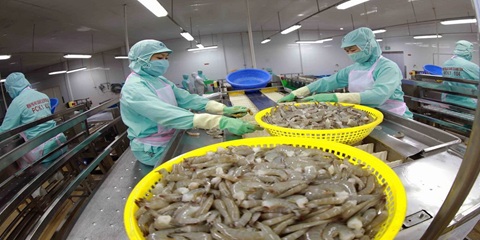
VIETNAM’S SEAFOOD EXPORTS HIT OVER US$10 BILLION IN JAN-NOV
Seafood export revenue in November alone amounted to nearly US$990 million, up 6.6% year-on-year. Key product groups posted solid gains. Shrimp exports rose 11.7% to over US$385 million, supported by strong demand for whiteleg shrimp and lobster. Tra fish shipments increased 9.7% to almost US$197 million, while marine fish, squid, and mollusk exports maintained their recovery.
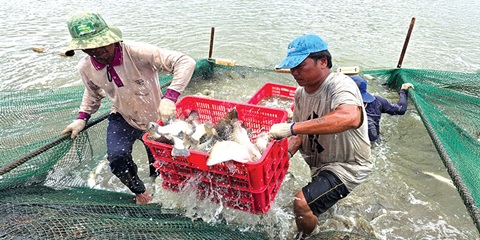
VIETNAM’S AGRO-FORESTRY-FISHERY EXPORTS HIT NEW RECORD IN JAN-NOV
Vietnam’s agro-forestry-fishery export revenue reached an estimated US$64.01 billion in the first 11 months of 2025, up 12.6% year-on-year and surpassing the full-year record of US$62.4 billion set in 2024. Agricultural exports reached US$34.24 billion, up 15% year-on-year, while livestock products brought in US$567.4 million, a 16.8% increase. Seafood exports rose 13.2% to US$10.38 billion, and forestry products earned US$16.61 billion, up 5.9%.

HANOI REPORTS RECORD-HIGH BUDGET REVENUE IN 2025
Hanoi’s budget revenue is estimated to reach VND641.7 trillion in 2025, the highest level ever recorded and nearly 25% above the revised target, according to a report by the municipal government. Data from the city’s socioeconomic performance review shows that total state budget collections in 2025 are projected to reach 124.9% of the adjusted plan and rise 24.9% from 2024, the Vietnam News Agency reported.
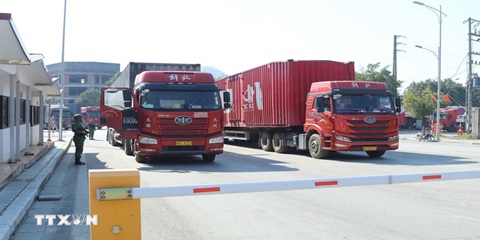
VIETNAM, CHINA TO PILOT TWO-WAY CARGO TRANSPORT AT LANG SON BORDER
Vietnam and China will launch a one-year pilot program on December 10 to allow two-way cargo transport through the Huu Nghi–Youyi Guan international border gates in Lang Son Province, reported the Vietnam News Agency. The Dong Dang-Lang Son Economic Zone Management Board said the trial aims to reduce transport costs and improve customs clearance capacity.

VIETNAM’S IMPORT-EXPORT VALUE NEARS US$840 BILLION IN JAN-NOV
The total value of Vietnam’s imports and exports was nearly US$840 billion between January and November this year, the highest level ever recorded, according to the National Statistics Office. In its latest report on the country’s socio-economic performance, the National Statistics Office highlighted a series of positive economic indicators, with trade emerging as one of the strongest drivers of growth.

OVER 19 MILLION INTERNATIONAL VISITORS COME TO VIETNAM IN JAN-NOV
Vietnam received more than 19.1 million international visitors in the first 11 months of 2025, a 20.9% increase year-on-year and the highest level ever recorded, according to the National Statistics Office. The figure surpasses the full-year record of 18 million arrivals set in 2019, before the Covid-19 pandemic. Nearly two million foreign visitors arrived in November alone, up 14.2% from October and 15.6% from the same period last year.


